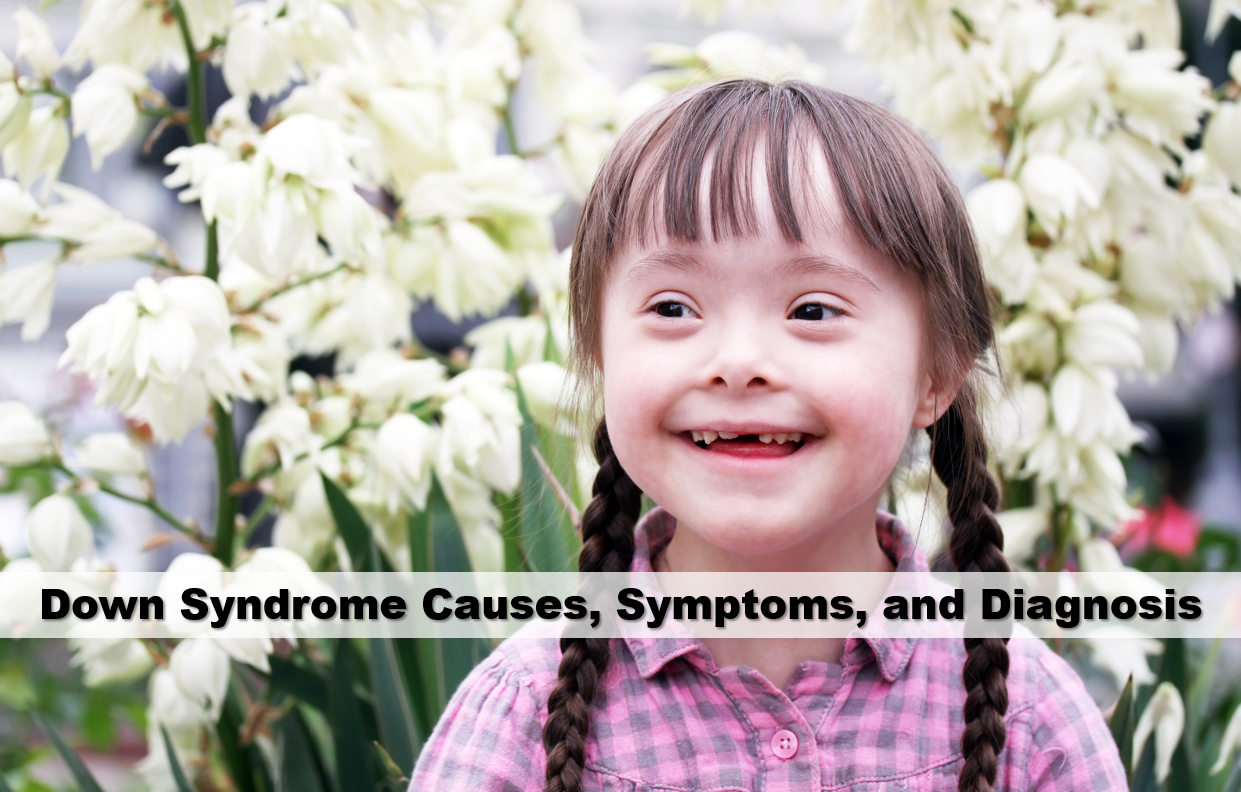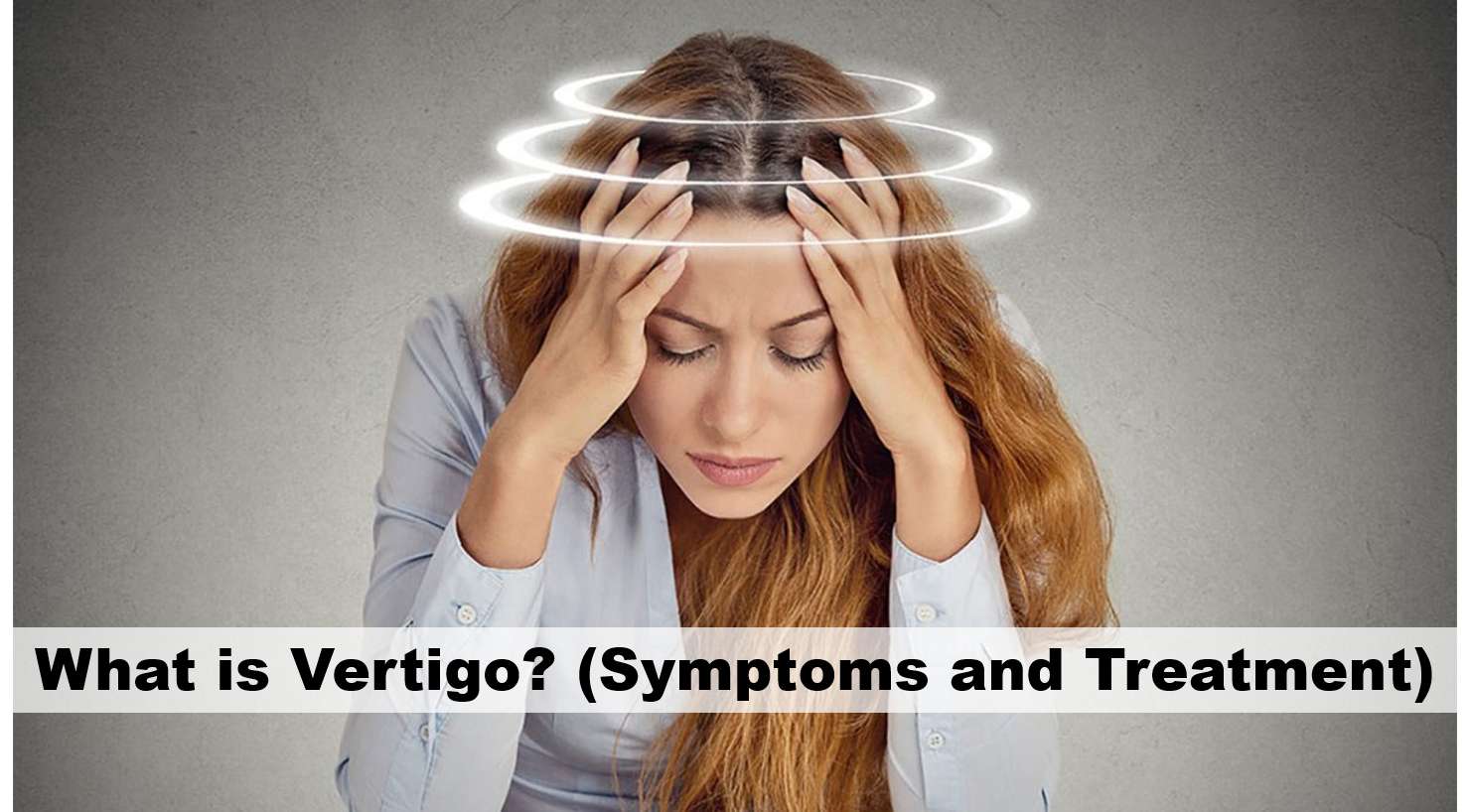Down Syndrome Causes, Symptoms, and Diagnosis

How is Down syndrome caused? How is Down syndrome diagnosed? Down syndrome, also called trisomy 21, is a genetic abnormality rather than a disease caused by abnormal chromosome counts in body cells. Chromosomes are found in the nucleus of body cells.
There are 46 chromosomes in the nucleus of human body cells and 47 chromosomes in Down syndrome. Children with Down syndrome have this extra chromosome, but the factor that causes this difference has not yet been identified. Here, we will talk about what causes Down Syndrome, as well as its symptoms and diagnosis in the text below.
What Is Down Syndrome?
Down syndrome is caused by a gene defect before birth and consequent abnormalities in various physical and brain functions. Physical characteristics and medical problems of children with Down syndrome vary from child to child. Some children with Down syndrome need a lot of medical treatment and care, while others can lead a healthy life. Down syndrome cannot be prevented, but the disease can be detected before the birth of the baby. It is possible to treat the health problems seen in children with Down syndrome, but there is no cure for this disease. With care and support, children with Down syndrome can be raised to be healthy, happy, and able to participate in production in various fields.
Down Syndrome Causes
The genetic structure of every healthy person has 46 chromosomes. 23 of these come from the mother and 23 from the father. Since most of the patients with Down syndrome have an extra chromosome number 21, the total number of chromosomes is not 46, but 47. The source of the excess chromosome is the mother in 80 percent of the pregnancies and the father in 20 percent.
Abnormal physical characteristics and developmental delays of children with Down syndrome occur due to this additional chromosome. The causes of the disease cannot be prevented. Although the exact cause of Down syndrome is not known, it is known that pregnancies over 35 years of age have a higher risk of developing this disease. Depending on the age of the mother, the incidence of infants with Down syndrome rises to 1 in 1500 pregnancies in 20-year-old women, 1 in 800 pregnancies in 30-year-old women, and 1 in 100 pregnancies in 40-year-old women.
|Triple X Syndrome Causes, Symptoms, and Treatment|
Down Syndrome Symptoms
Children with down syndrome have a flat face profile, upward slanting eyes, and a protruding tongue structure. Because of these typical facial features, babies with Down syndrome are easily recognizable from birth. Babies with down syndrome have a smaller head than normal, ears, and mouths. Besides, their necks, arms, and legs are shorter than normal. They also have short and wide fingers. The most significant one after the typical facial appearance in the newborn period is the weak muscle structure. It causes constipation, swollen abdominal structure in infants, and causes absorption and feeding problems. Although it may improve over time, children’s development such as sitting, crawling and walking are later than other children. Children with Down syndrome may have a congenital heart, bowel, ear, and respiratory problems. Infants with Down syndrome have an average height, weight, and head size at birth. However, as their growth rates are lower than their peers, they become smaller as they progress over the years. Intelligence levels remain below average. Delays in speech, feeding, dressing and toilet training of children may occur. The disease affects children’s learning abilities to different degrees.
Down Syndrome Diagnosis
Down syndrome can be diagnosed before birth, or after the baby is born. However, diagnostic tests must be performed during pregnancy.
Tests during pregnancy: These tests are divided into two groups as screening and diagnostic tests. Prenatal screening tests allow the pregnant woman to estimate the risk of having a fetus with Down syndrome, but do not necessarily indicate that the fetus has Down syndrome. Diagnostic tests are almost 100 percent accurate.
Can Down Syndrome Be Prevented?
There is no way to prevent a child with Down’s syndrome, but if a pregnant woman doesn’t want the baby with Down’s syndrome, she may not give birth. To do this, to perform the definitive diagnostic tests in the first months of pregnancy to pregnant women in the risk group and to inform the parents in detail about the fetus with Down syndrome. Parents who have information about the condition of the fetus can terminate the pregnancy by issuing a written document if they do not want the birth.
Heart Attack Treatment and Medications
How to Confirm Pregnancy Without Taking a Test
Down syndrome risk group:
- Pregnant women aged 35 and over,
- Pregnant women with Down Syndrome
- Pregnant women who had previously given birth to a child with Down’s syndrome.





